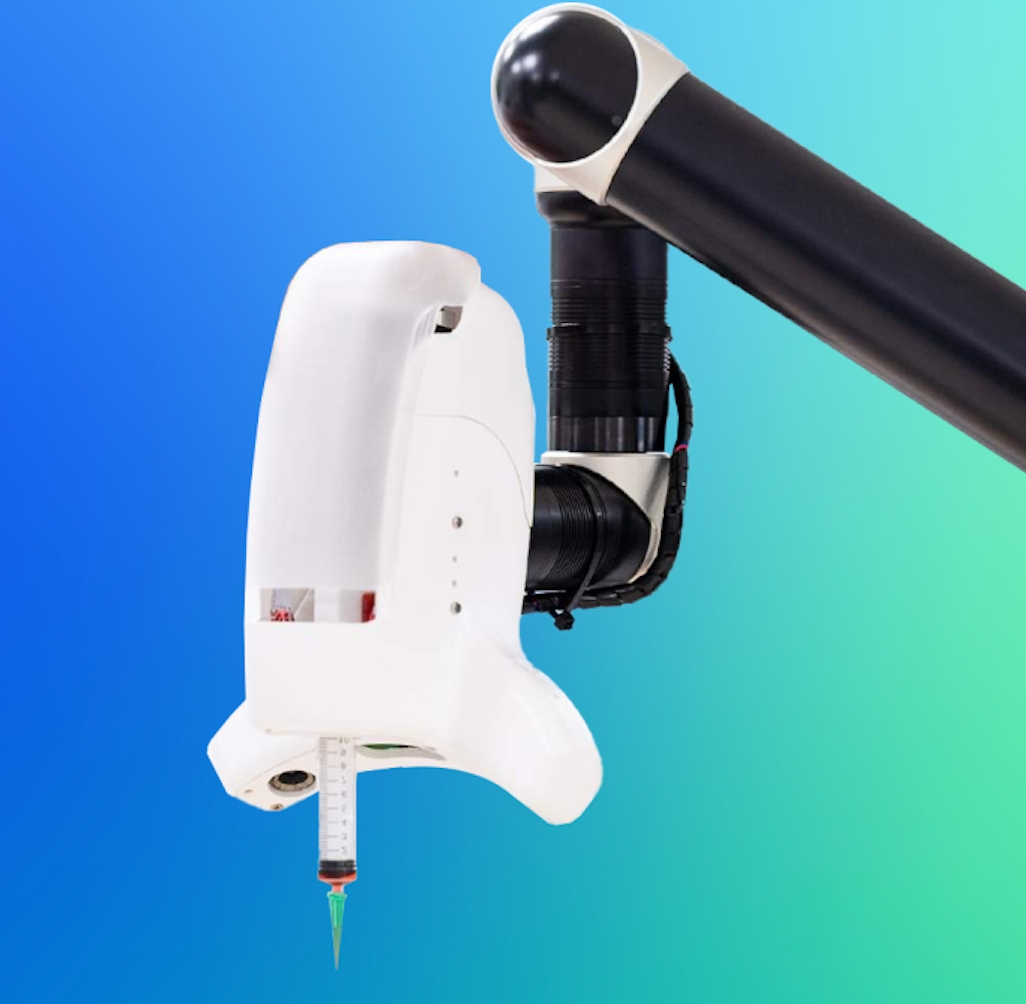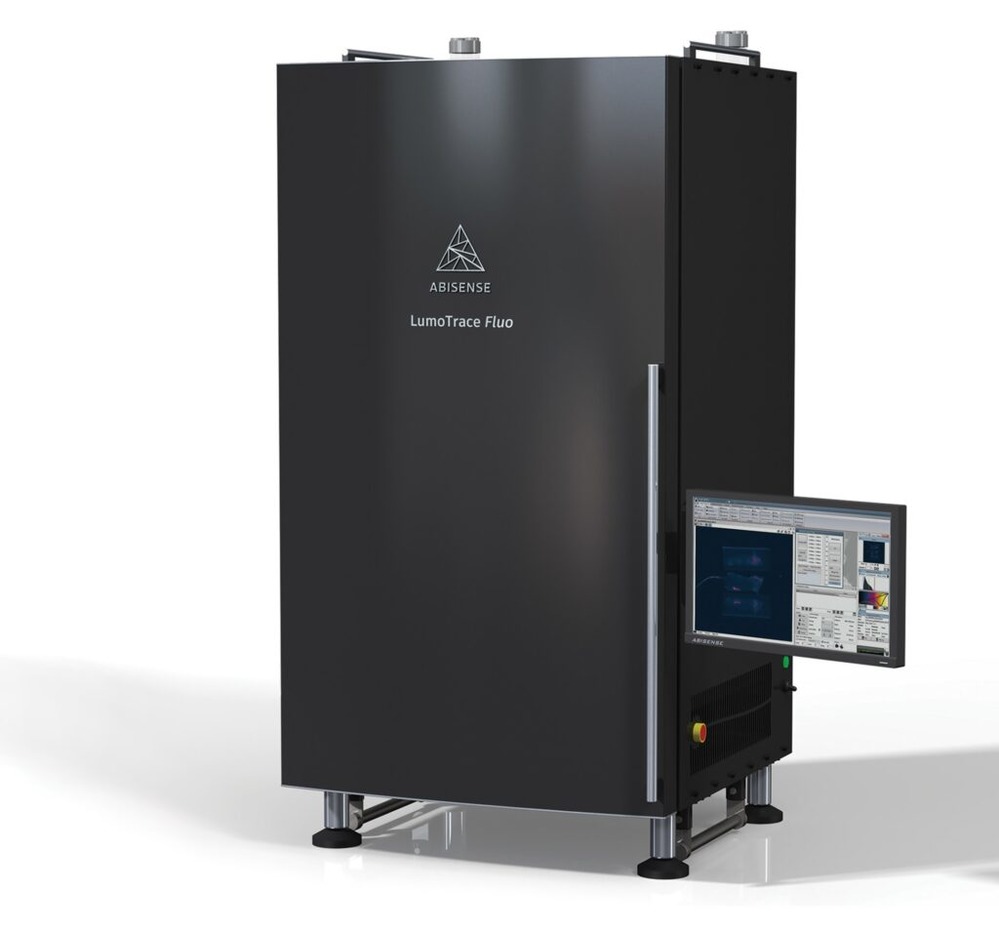Catalog
Search
3 products
View:
- Selected: 0Areas of use
- Selected: 0Item names
- Selected: 0Manufacturer
- Selected: 0Made in
- Selected: 1Additional
View:
3 products

In situ bioprinter
The first Russian In situ bioprinter for printing in the wound bed is a robotic complex for studying surface damage to restore tissues and organs directly in the patient's body. The in situ bioprinter is suitable for biomedical research in the field of tissue engineering in the laboratory.
The bioprinter works with various types of hydrogels (including collagen of the first type) with the addition of cells, growth factors, etc. The printing time depends on the size of the defect and takes about 5 minutes on average.
The device complex consists of a 6-axis robot, a 3D scanner and a biomaterial dispenser. The printing process includes scanning, tracing, and applying the material.
Currently, the In situ bioprinter is at the stage of obtaining a medical device registration certificate for subsequent use in clinical practice.
Improved wound healing dynamics strongly suggest that in situ bioprinting can be used as a new successful therapeutic method for the treatment of soft tissue defects.
Significant advantages:
● Performs bioprinting even on a dynamically changing surface (optional: adaptation to micro-movements or breathing of the patient)
● Versatile in the use of different types of hydrogels (both sodium alginate and collagen; with and without cells, etc.)
An important feature of the In situ bioprinter is that the bioprinter is suitable for various industries and can act as a "classic" 3D printer.
MISIS
Москва
Produced in: Moscow

Optical imaging system for fluorescence and luminescence in LumoTrace® biological samples: LumoTrace® Lite model (bioluminescence)
The lowest cost and most compact version of the LumoTrace® Optical Imaging System manufactured by Abisens LLC for sensitive bioluminescence detection.
The compactness and low price of the LumoTrace®Lite imaging system are due to the fact that it allows only bioluminescence to be recorded (older models, in addition to bioluminescence, allow fluorescence to be recorded, and are also modular, which provides them with the opportunity to upgrade). Despite its compactness and relatively low price, this model is equipped with a new highly sensitive digital camera HICMOS manufactured by Abisens LLC, which allows recording ultra-small amounts of phosphor both in laboratory animals in vivo and in vitro experiments.
The device is an indispensable tool for conducting preclinical studies on the way to the introduction of advanced drugs, in the implementation of non-invasive monitoring of the development of socially significant diseases, monitoring the effectiveness of immuno- and gene therapy,
Abisens
Sirius
Produced in: Krasnodar region

Optical imaging system for fluorescence and luminescence in biological samples LumoTrace®
1 supp.
The LumoTrace® universal optical imaging system is designed for rapid, highly sensitive analysis of fluorescence and luminescence in biological samples.
The instrument is suitable for a wide range of applications in the fields of biology, medicine, pharmaceuticals, materials science, and nanotechnology. It is an indispensable tool for preclinical research, non-invasive monitoring of socially significant diseases, monitoring the effectiveness of immunotherapy and gene therapy, and scientific research in the field of regenerative medicine. In particular, for in vivo monitoring of tumor growth, research of various diseases and inflammations, study of organ morphology, pharmacokinetics, as well as gene expression in animals and plants.
The LumoTrace® imaging system is available in various configurations, as well as equipment according to customer needs.
Models of the device, with the exception of LumoTrace®Lite, are
Abisens
Sirius
Produced in: Krasnodar region